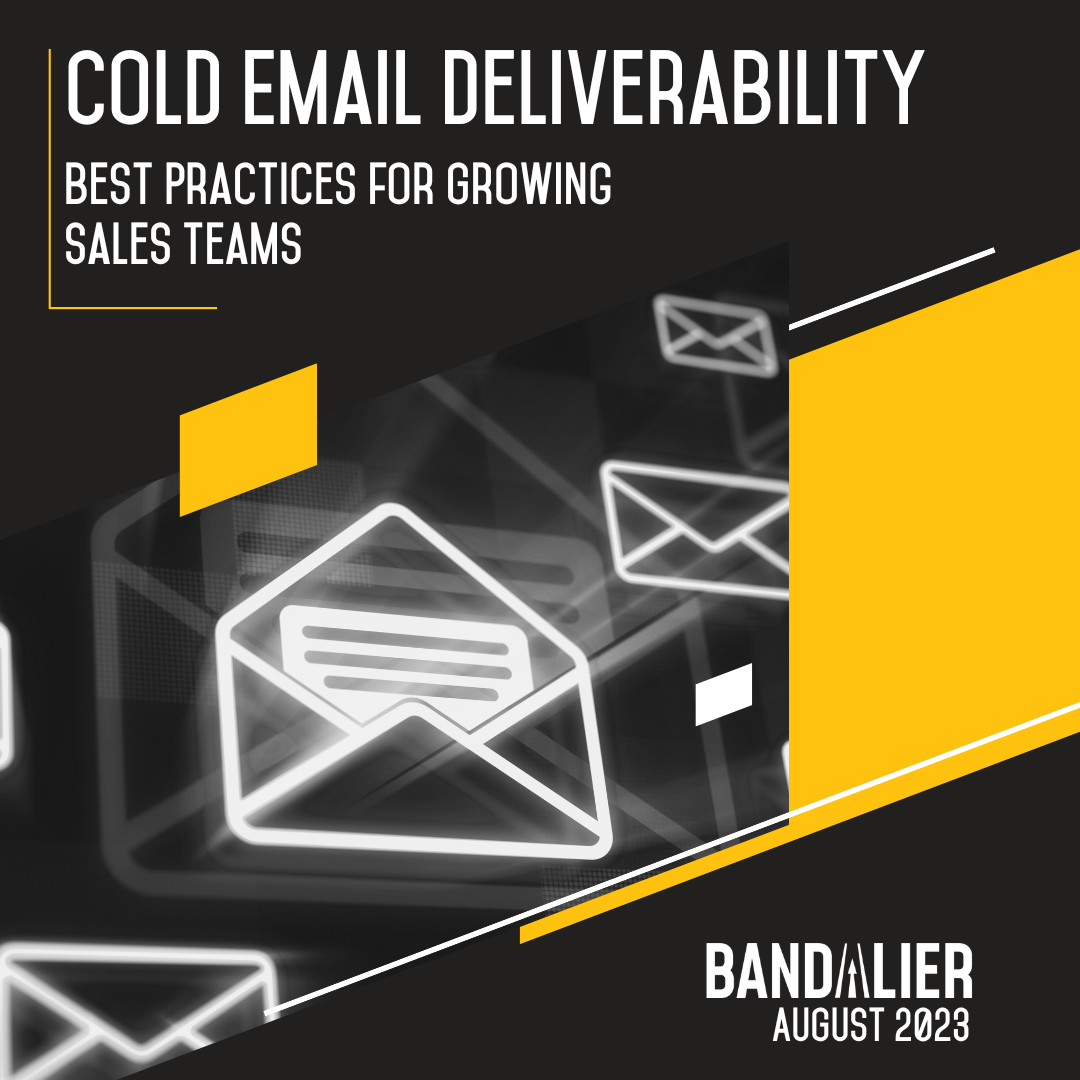In-house outbound sales often breaks for predictable reasons. You deal with out of office notices every two weeks, siloed and confusing sales tools, and employee turnovers, which means you’re constantly restarting ramps and running into momentum breakers. Even with a complete team, inconsistent activity due to the aforementioned reasons (and other challenges too numerous to mention) affects your momentum and makes it harder to hit your sales goals.
To maintain a steady sales pipeline, you can leverage outsourcing to support your in-house teams. This can mean traditional BPOs that provide your required headcount, or modern and quality-driven managed SDR teams that bring trained humans, AI assistance, and integrated technology together. Each option works a little differently, so the choice will depend on how much control, support, and predictability you require.
If you’re wondering why you should outsource sales, the answer comes down to its promise of scalability, predictability, and faster time-to-value. Let’s take a closer look at this modern sales approach and determine how you can make it right for your business.
Three Ways to Build Your Sales Team in 2025
Traditional Staffing/BPO
Traditional staffing works by embedding vendor-employed SDRs into your team. You’ll have additional SDR capacity without taking on the full cost of hiring since the payroll and HR responsibilities are absorbed by the provider. The challenge here is that you’re typically still responsible for shaping how the SDRs work which includes managing, training, and supplying the right tools. If turnover happens, it may not show up on your books, but the disruption to performance and continuity can still slow your progress.
In-House Sales Team
When you build internally, you own the team, the process, and the culture. Building your sales team from the ground up means that you have the opportunity to maximize business to process alignment, control over sales expertise, and strong knowledge retention in the long run. But it’s slow to ramp, costly to maintain, and prone to turnover that resets momentum. Add in mounting tech expenses and heavy enablement needs, and results often stagnate over time.
Managed SDR Services
he modern option is to plug into a fully managed SDR pod. Instead of piecing together a stack or buying headcount, you partner with a provider that delivers a fully managed pod, including an SDR team plus its own training, playbooks, QA, and technology. Human representatives handle conversations while carefully QA’ed AI supports research and personalization. Combining these capabilities results in consistent outreach, transparent reporting, and ultimately, reliable business development that can scale alongside your business.
Any of these models can work for your business. The right choice, however, depends on your company’s stage and priorities. For many growth-stage companies, managed SDR services offer a perfect balance: faster to launch than building in-house and more outcome-driven than traditional staffing.
5 Biggest Benefits of Outsourcing Sales
Benefit #1: Faster Ramp and Earlier Proof of Results
One of the clearest benefits of outsourcing sales operations is speed. Building your team inhouse can take months as you need to recruit talent, design playbooks, and integrate tools. On top of that, it may take your sales development representatives (SDRs) an average of 3.1 months to ramp up to full productivity. But even if you go with traditional outsourcing, this relies heavily on the client to provide direction which stretches ramp timelines and delays revenue opportunities.
With a managed SDR service, you gain access to sales expertise, proven playbooks, and selective AI that can expedite research and personalization. Doing so allows you to validate your ICPs and test messaging within weeks instead of quarters. Early market insights and traction allows your team to refine outreach and quickly learn and iterate, accelerating the path to predictable sales pipeline.
For companies seeking sales growth, modern outsourcing eliminates the stop-start ramp process and provides confidence that your outbound efforts are aligned with market needs.
Benefit #2: Predictable Volume and Smoother Sales Pipeline
It’s no secret that inconsistency is a common pain point in outbound sales. Vacations, churn, sick days, and the like can cause activity whiplash that affects your pipeline and sales momentum.
Managed pods offer consistent sales quantity and quality by delivering a steady stream of QA’d daily activity. Shared playbooks, pod-style coverage, and AI-supported prioritization maintain consistent outreach, while human oversight ensures the quality of every interaction. Over time, this consistency compounds – leading to more replies, more meetings, and more predictability in your pipeline.
Benefit #3: Tools and AI Minus Stack Sprawl
Assembling a DIY technology stack for prospecting often creates more overhead than efficiency. The challenge isn’t in juggling multiple vendors to data, dialers, sequencing, and analytics but finding someone with the time and expertise to manage everything. Building expertise on these tools takes up someone’s bandwidth. But in most companies, especially startups, if someone has to spend time learning and maintaining these tools, other important work suffers.
Managed SDR pods remove this friction by operating on an all-inclusive stack. They even include dedicated GTM Engineers with specialized experts in these tools, so the SDRs can focus on what really matters: booking meetings. Managed pod providers connect critical data directly into your CRM. Pragmatic AI provides support for workflows, such as introductions, summaries, and scoring, while humans ensure accuracy and alignment.
This model streamlines operations, reduces tool-related overhead costs, and ensures that data lives where it matters. The payoff is more time to engage with prospects, less time managing technology, and a faster path to results.
Benefit #4: Elastic Capacity to Test and Enter New Segments
Traditionally, expanding into new verticals and markets is expensive and risky. Your in-house team needs hiring sprees or reassigned representatives, which can lead to sunk costs if tests don’t work out. Such challenges make experimenting with business development strategies slow and resource-heavy.
Managed SDR services change the dynamic by offering elastic capacity. Pods can scale actively by lane; whether it’s by person, region, or vertical, without the need for rehiring. Consistent playbooks and QA ensure brand alignment, while global coverage supports outreach across time zones.
This kind of flexibility allows companies to treat outbound like product development by launching smaller and more focused experiments to validate outcomes and only scaling when there’s clear evidence of success. The result of this is a model that reduces risk while accelerating growth.
Benefit #5: Shared Visibility and a Continuous Learning Loop
Lack of visibility is a common weakness in outbound sales. For internal teams, fragmented tools make it hard for you to know which campaigns are working. And traditional outsourcing providers often report outside your CRM, creating blind spots that hinder results.
With leads and dashboards directly integrated into your CRM, managed pods provide a single source of truth and make it easier for you to collaborate between marketing, sales, and product teams.
Most importantly, your outbound team becomes a market sensor. Insights from calls and campaigns flow directly back into your strategy, helping you sharpen ICP definitions, strengthen messaging, and refine positioning over time. Having such visibility builds a continuous learning loop where outbound isn’t just generating leads but also fostering smarter decisions.
Take the Next Step Toward Scalable Sales Growth
The benefits of outsourcing sales extend beyond short-term relief. In-house builds are slow and resource-intensive. Traditional outsourcing models in the style of staffing/BPO shift responsibility without solving for outcomes. Managed SDR pods, on the other hand, combine sales expertise, all-inclusive stacks, daily QA’d output, and shared visibility to provide scalable results.
To make it work for your business, embed your SDR pod into your existing sales engine and treat every campaign as a learning opportunity. Set clear targets, review metrics regularly, and use insights from each interaction to sharpen strategy. Following this approach transforms outbound from a task-driven activity into a performance-driven engine that fuels predictable growth and measurable ROI.
At Bandalier, we deliver outbound engines that are designed for scale. Our managed SDR pods pair trained humans with pragmatic AI inside a single operated stack, helping clients to achieve predictable sales cycles and measurable growth.
Ready to see what outsourcing can do for your pipeline? Book a 30-minute diagnostic call today and learn how fast your outbound engine could be live.












